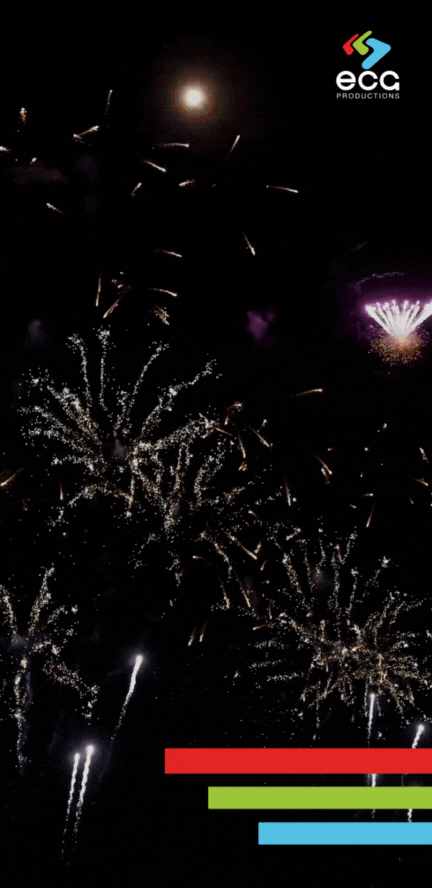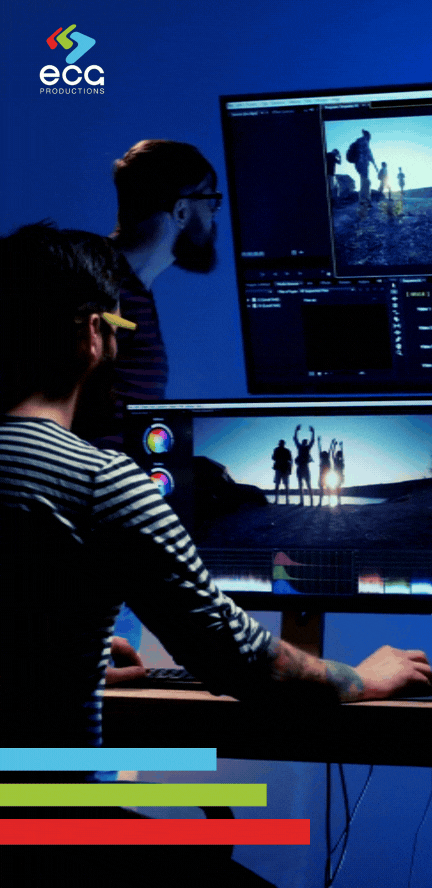- 1-855-787-4487
- info@ecgprod.com
- Mon - Fri: 10:00am - 6:30pm
At ECG Productions, we specialize in particle effect animation, creating dynamic, visually striking effects that enhance storytelling, branding, and visual engagement. Whether you need realistic fire, smoke, water, sparks, explosions, or abstract motion graphics, our team of expert animators and VFX artists use advanced tools to bring energy, depth, and realism to your content.
Using industry-leading software like After Effects, Houdini, and Cinema 4D, we craft high-quality particle simulations and animated effects that elevate everything from films and commercials to corporate branding and social media content.

Particle animations add movement, depth, and high-impact visuals that make content more immersive and engaging. Professional particle effect animation services help:
From subtle atmospheric enhancements to high-energy visual effects, particle animation transforms ordinary content into something extraordinary.
At ECG Productions, we take a precision-based, creative approach to particle effects, ensuring high-quality results that seamlessly integrate with your project’s visual style.
We work with you to determine the look, motion, and purpose of the particle effects, whether it’s for realism, stylization, or branding enhancement.
Using Cinema 4D, Houdini, and After Effects, we create realistic or abstract particle systems with:
We blend particle effects seamlessly with live-action footage, 3D models, or motion graphics, ensuring natural interaction with light, shadows, and environmental elements.
We ensure your particle animations are optimized for different platforms, whether for broadcast, web, social media, or mobile applications.
To enhance impact, we integrate sound effects and final compositing touches, ensuring that motion and audio work together to create a fully immersive effect.




Whether you need cinematic fire and smoke effects, high-energy branding animations, or futuristic digital motion graphics, ECG Productions delivers stunning, production-ready particle effect animation tailored to your project.
Contact us today to learn how our particle effect animation services can enhance your visual storytelling.
See how we’ve helped other clients set the stage for their successful productions. View our Work Samples.
CONTACT US
LET'S GET IN TOUCH
1-855 787-4487
Mon – Fri 9:00 AM – 6:00 PM EST
120 Interstate N Pkwy E SE #226
Atlanta, GA 30339
info@ecgprod.com
Unlock a new level of creativity and experience a truly unique and enjoyable working environment with ECG Productions. Contact us today to bring your vision to life with our award-winning video production services.
Copyright 2024 ECG Productions
Website by SuperMassive